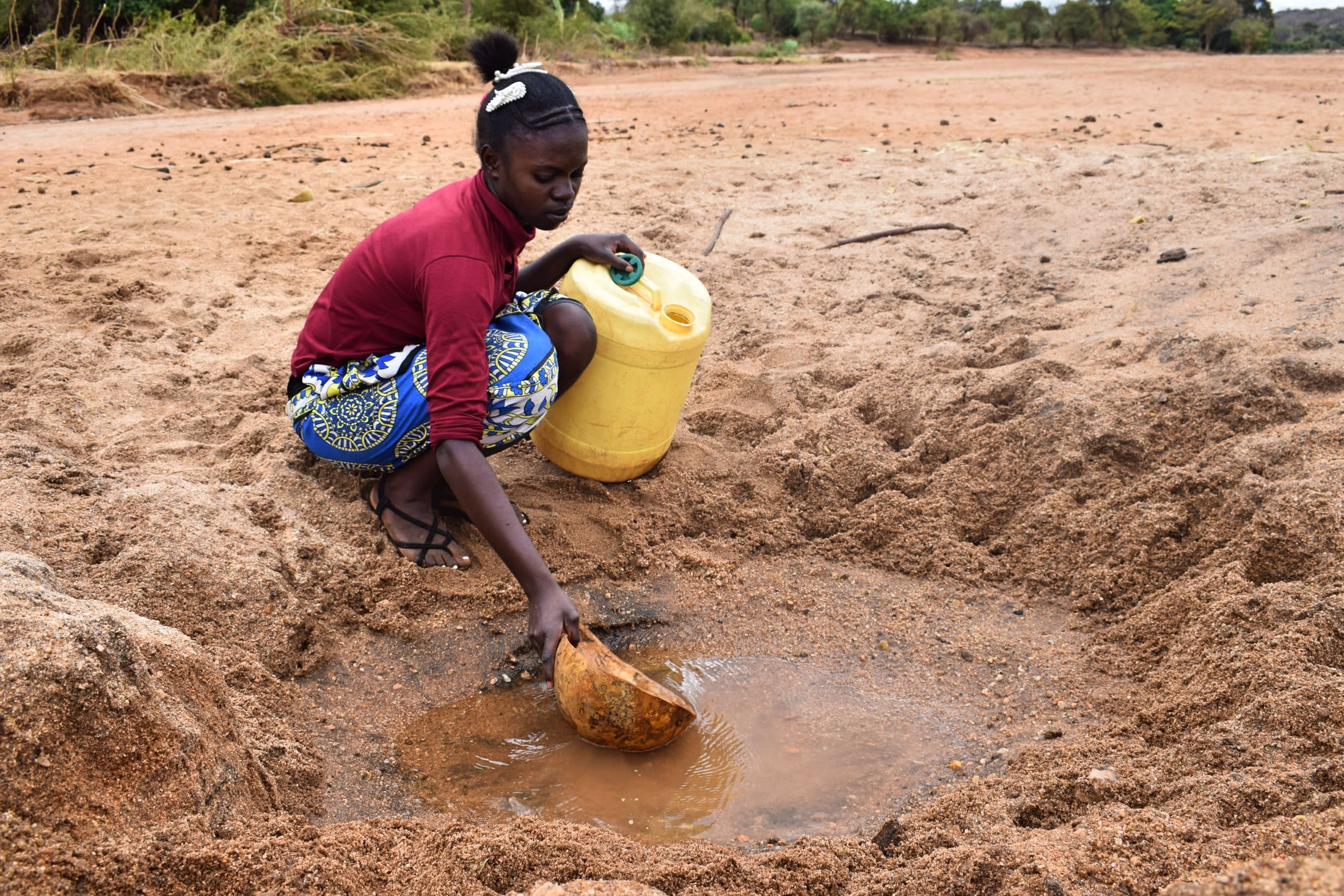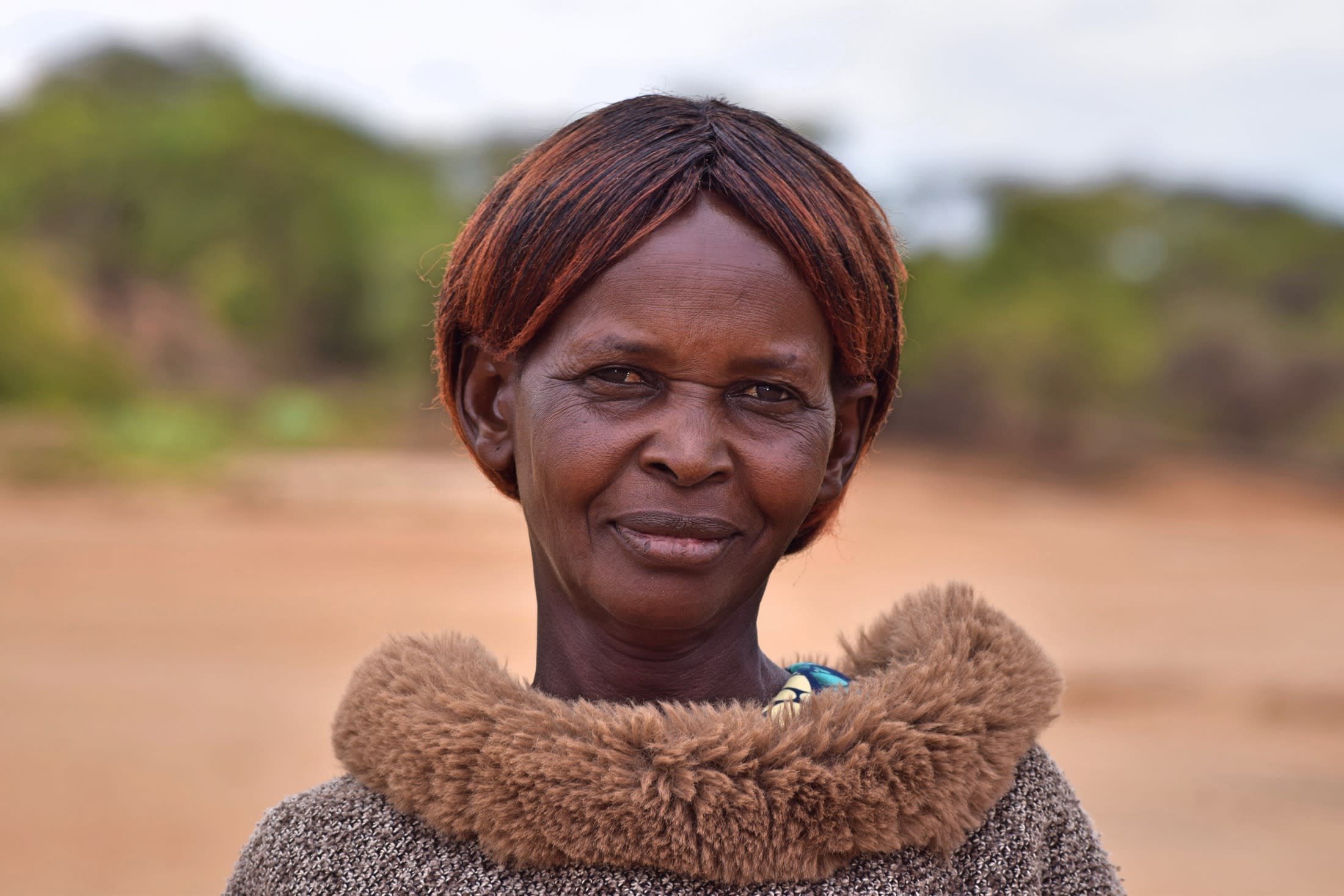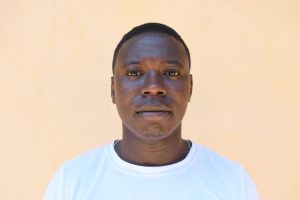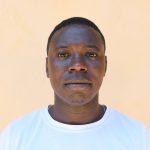Sometimes, the only accomplishment the 250 people in Kasioni can manage in a day is collecting water.
Those who live farthest away travel up to eight kilometers (4.97 miles) to reach the nearest dry riverbed, where they scoop up what little water they can find. The journey can last hours, draining all the community members' energy—multiple people we interviewed reported leaving for water at around 6 a.m. and not returning until 1 p.m. The toll this journey takes on the 278 people who live here is constant.

"When I was in primary school, I missed school a lot," said 18-year-old Kaluki M (shown collecting water above). "I used to wake up at 4 a.m. to go to fetch water. This would make me fail to attend school, hence my performance kept on deteriorating. Getting water near us will be good [for] us as we shall no longer have to walk for very long distances and miss school. My health will improve so much, as well as the life expectancy of locals."
And it's not only the community members' productivity that suffers. The lack of proper crop irrigation has crippled their ability to feed their families and produce any income. They can't keep themselves, their homes, or their clothes clean. The salty water from the scoop holes doesn't allow food to cook properly. And the community members share these scoop holes with wildlife and domestic animals, who often defecate in or around the water as they drink.
“Households with travel times greater than 30 minutes have been shown to collect progressively less water. Limited water availability may also reduce the amount of water that is used for hygiene in the household.” - (The Relationship between Distance to Water Source and Moderate-to-Severe Diarrhea in the Global Enterics Multi-Center Study in Kenya, 2008–2011) - American Journal of Tropical Science and Medicine
"[The] water challenges in our community make me feel less [like a] human being," said 58-year-old farmer Malia Musyoka (pictured below). "Myself, I have underlying health problems. Actually, I just reported back home some few months ago from the hospital. I am alone at my home now. The duties in my home are demanding, and the most demanding is getting water. The roads are very dusty, and because I have asthma, anytime I walk to the river, I must come back sick."

The water crisis in Kasioni leaves people tired, hungry, sick, and poor, with no way out. A water source nearer to them will change that.
What We Can Do:
Reliable Water
Our main entry point into this community has been the Self-Help Group, which comprises households working together to address water and food scarcity in their region. These members will be our hands and feet in constructing water projects and spreading the message of good hygiene and sanitation to everyone.
Hand-Dug Well
This particular hand-dug well will be built adjacent to a sand dam project, which will supply clean drinking water once it rains. We have provided the group with the tools needed for excavation. With the guidance of our artisans and mechanics, the excavated well will be cased, sealed with a well pad, and then finished with a new AfriDev pump.
Excavation takes a month or more on average, depending on the nature of the rock beneath. Construction of the well lining and installation of the pump takes 12 days maximum. The well will be lined with a concrete wall including perforations so that once it rains, water will filter in from the sand dam.
This well will bring clean water closer to families.
New Knowledge
These community members currently do their best to practice good hygiene and sanitation, but their severe lack of water has significantly hindered reaching their fullest potential.
We will hold hygiene and sanitation training sessions with the Self-Help Group and other community members to teach essential hygiene practices and daily habits to establish at the personal, household, and community levels. This training will help to ensure that participants have the knowledge they need to make the most out of their new water point as soon as the water is flowing.
One of the most important topics we plan to cover is handling, storage, and water treatment. Having a clean water source will be extremely helpful, but it is useless if water gets contaminated when it is consumed. We will also emphasize the importance of handwashing.
The community and we firmly believe that all of these components will work together to improve living standards here, which will help to unlock the potential for these community members to live better, healthier lives.
We typically work with self-help groups for 3 to 5 years on multiple water projects. We will conduct follow-up visits and refresher training during this period and remain in contact with the group after all of the projects are completed to support their efforts to improve sanitation and hygiene.



 Protected Dug Well
Protected Dug Well
 Rehabilitation Project
Rehabilitation Project






























